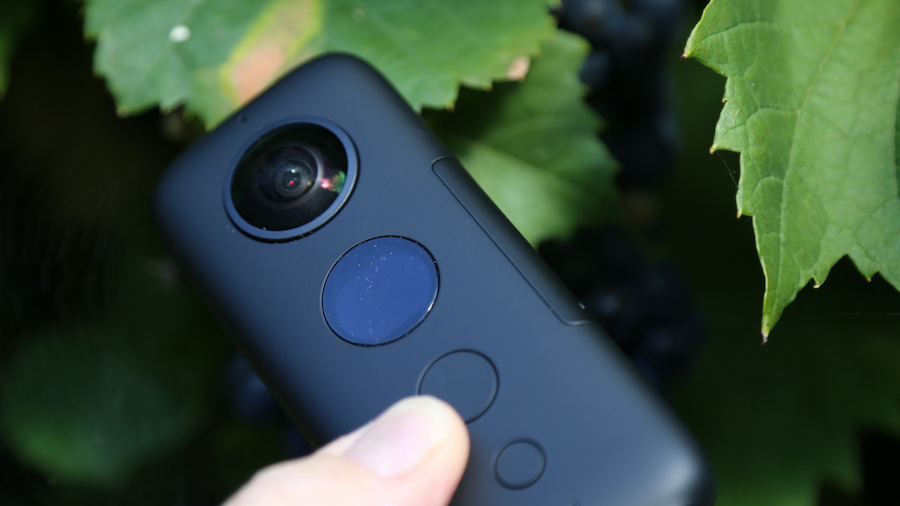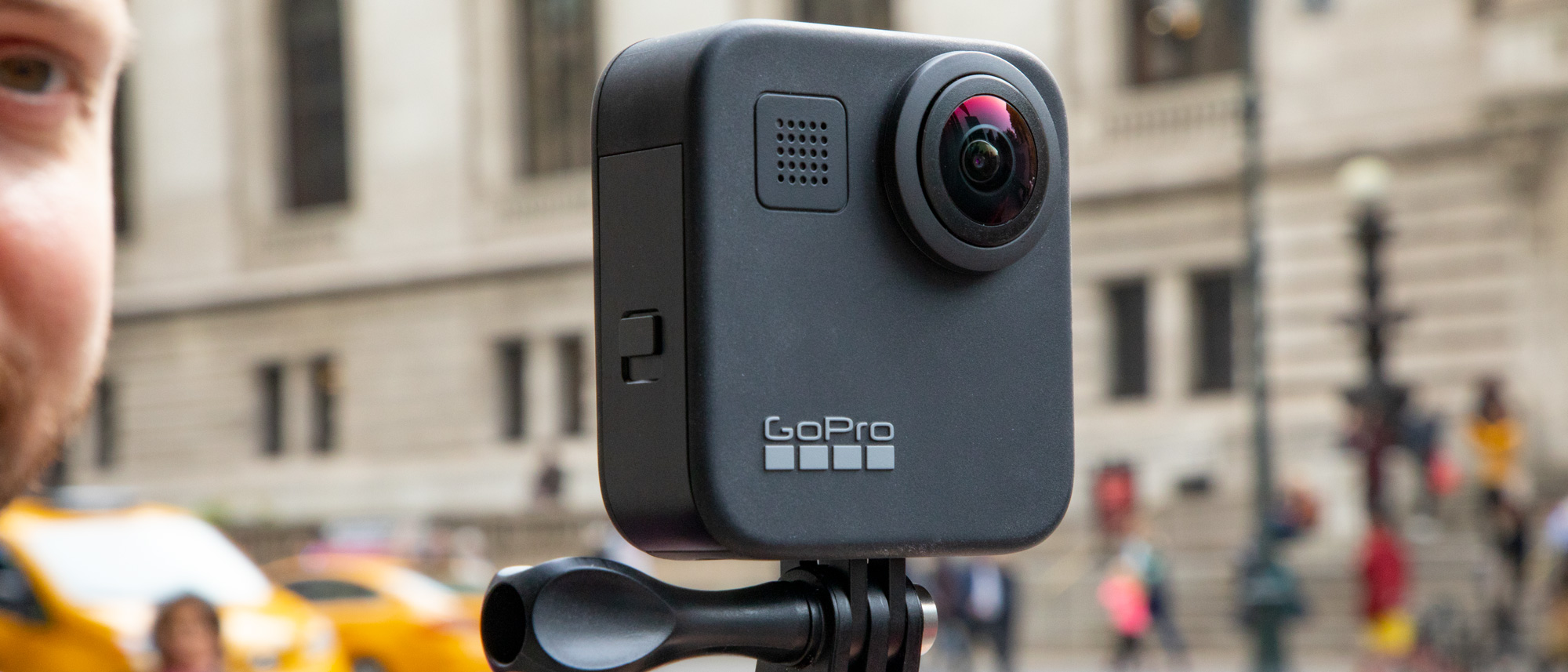Why you can trust TechRadar
Verdict
In many ways there is nothing quite like the GoPro Max. It totally changes 360-video from a quaint immersive medium that required a lot of post processing to something that is a ‘must have’ for anyone wanting to make their action camera footage more versatile and engaging.
Yes, there are other 360-degree action cameras out there and if you are a video editing whiz you’d be able to edit footage from these into something usable. However, the GoPro software condenses this broad editing power and makes it available to the layman. It is still hard to believe that you can create a framed, cut and edited video out of 360 degree footage in under half an hour in an app on your smartphone, and we’ve done it a number of times already for this review.
The Max is limited to 1080p when shooting in 16:9 2D and it can only stretch to a maximum of 60fps or half-speed slow motion, so it definitely isn’t something that can replace your Hero action camera. That said, for anyone that can use Full HD footage, being able to adjust what is in frame after filming or show a 360-degree field of view is a feature that you just can’t get on many action cameras today.
The reduced size, broader mount compatibility, touchscreen interface, automatic 360-video stitching, on-camera stabilization, default horizon levelling and the powerful reframing GoPro app make this action camera uniquely powerful and extremely easy to use. It may not be your one-stop shop for 2D and 3D action camera footage just yet, but for those who want to be able to put out futuristic action clips, the GoPro Max doesn’t disappoint.
Competition

The Insta360 OneX was the first spherical camera to automatically stitch two hemispherical camera images in-camera, allowing you to edit and upload the 360-video form a smartphone app. This, along with the 5.7K spherical video resolution, slow-mo or 100fps 360-video and a lightweight stick design made it the camera to beat in 2018. GoPro is clearly using this device as the benchmark for Max, lining up battery, resolution and editing specs to meet those on the Insta360 OneX. While there are a few more shooting mode options on the Insta OneX it does need an additional housing for 5m waterproofing, so it’s a pretty close match with the GoPro Max on specs and pricing. Now that the Max fits all of GoPro’s existing mounting solutions, the Insta360 OneX is a little behind in broad usability and it misses out on Max’s touchscreen interface, but the added shooting modes make it a formidable competitor that is worth considering.
There are a few other options in this space so for those that want to dig deeper check out TechRadar’s ‘Best 360 camera’ article.

Joel Burgess is one of the Senior Writers on the TechRadar Australia team with over 9 years experience testing and reviewing laptops, gadgets and kitchen accessories from coffee machines to pizza ovens. Joel is the Australian PC Awards expert panellist for systems and laptops and is a permanent columnist and reviewer for Australia's leading PC magazine APC.
